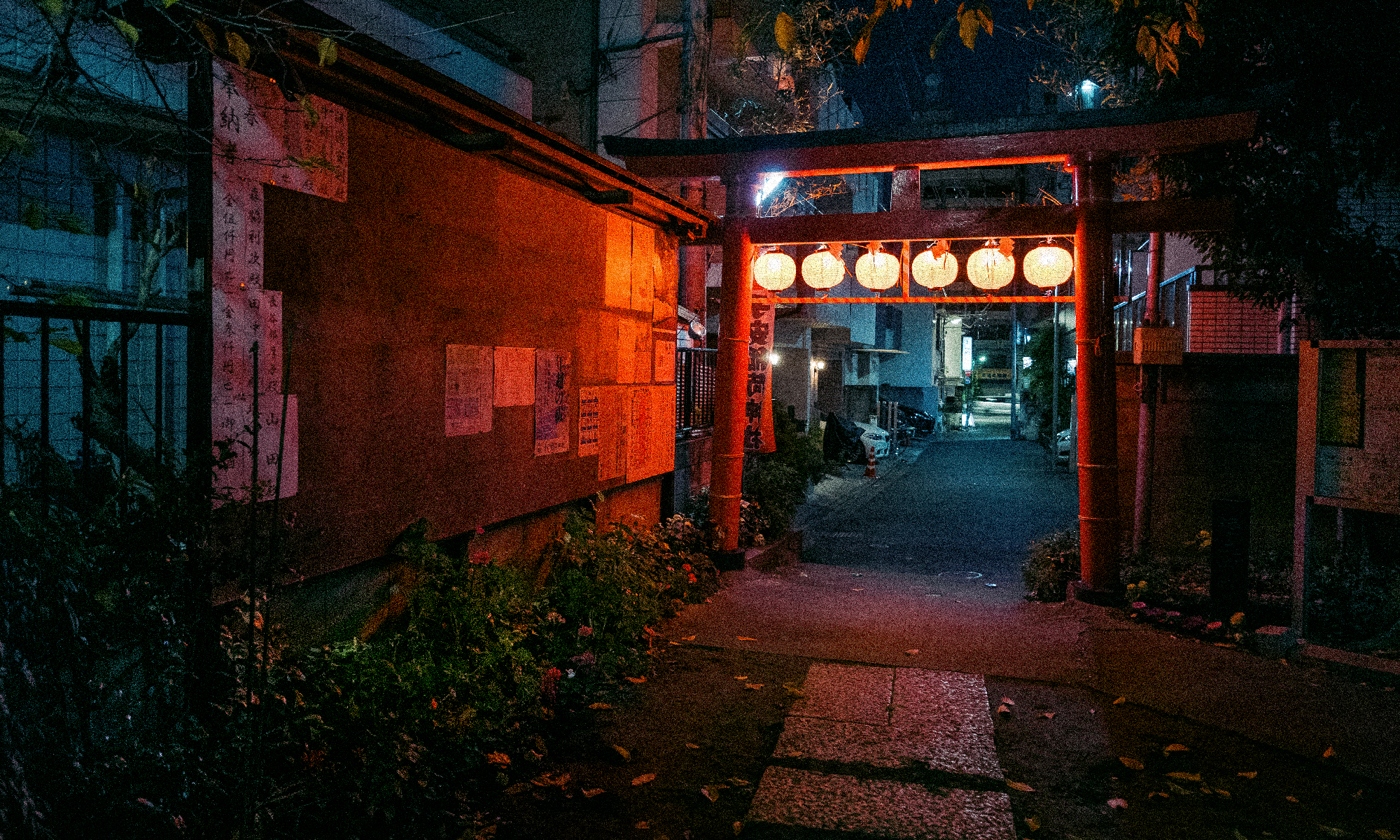As many people during these last few months, I mostly stayed at home working and focusing on my hobbies. Other than making new drawings on ProCreate and watching tons of movies from my never-ending watchlist, I mostly dedicated time to photography.

I managed to check all my 150+ film strips and determine which shots were previously overlooked or even just badly scanned – I only ‘recently’ got an Epson V800 to be able to also make high quality scans of film frames and not just dark-room prints.

Some are just plain everyday pictures that could be sent to friends as gifts.

Some others were just overlooked because they did not fit any specific mini-project at the time, and deserved some recognition now. For example, I was really fascinated by the situation in the picture above: dromedaries eating a tree’s bark in a hotel parking temporarily converted to a circus at the end of autumn. The cloudy weather and asphalt are not what is usually associated with animals from the African desert.

I also usually tend to post just a little part of the portraits I take, yet some are interesting and most importantly have an emotional value for me. This kind of retrospective articles are perfect for such photos as well.

Something I also had to learn was that despite most efforts, some dust always gets into the final image when scanned at home. So I had to accept that Photoshop’s ‘spot healing’ brush tool is a useful element of analog photography as well – although I still keep it just for dust removal.

This added step in my scanning process helped me give a new perspective on pictures that otherwise previously used to seem clinging too much on the retro aesthetics, at least in my opinion. Once that ‘patina’ was removed, I was able to judge the picture more objectively. Most of them are still nothing amazing, but at least now I am more sure about my interest in them.

The chance to be able to compare more systematically the same pictures scanned from film strips and from darkroom prints is something I never spent much time doing. I realised that although film scanning is more practical, it lacks the involvement of darkroom printing and how more natural and restricted contrast in the pictures might be. Nonetheless – since time is always thin – most images for the blog and archiving do not require it.

Most probably, the best course of action is to first scan the film strips and then make darkroom prints of the pictures deemed interesting enough for that.

While scrolling through my entire film archive I noticed how much my way of shooting changed. The biggest difference is the choice of lenses: I started shooting with 50mm lenses, and then moved to wider and wider options.

Right now I mostly stick to 21mm/15mm focal lenght depending on the main camera I use – while 28mm on compact cameras, since wider options are very rare and astonishingly expensive.

Such wide-angle lenses forces a different approach on framing. From a person-centered kind of photography, one must start focusing more on the role of the background. And the ‘relationship’ with the people in the frame is completely different – due to the fact that to make them fill the frame the photographer must be within 1 meter from them.

I believe that wide-angle lenses helped me define my current photographic style: the fact that I tend to isolate one person in a mostly empty frame, or to fill the frame with different people and focus on the closest – and therefore biggest in the picture.

Moreover, I found a large bunch of elevator selfies. For some reason I tend to take lots of them.

I also tend to take pictures from the car while waiting in line at street lights. The one above was a nice discovery. From what I can remember and imagine, I did not take them so that they would match. Nonetheless, when I saw the two images side by side on the film strip I noticed that looked like they are one single panorama – if one doesn’t notice that a part of the side-window is duplicated.

Pictures from cars were a recurring element of Lee Friedlander’s photography. Probably I got fascinated by how the car can work as an internal frame in the picture itself, enhancing the detached perspective that can characterise certain pictures – sometimes photo-documentation, as opposite to photo-journalism that might try to get the viewer involved instead.

Yet again, certain pictures are just memories of everyday life.

In the end, scrolling through old pictures is a mean to budge memories: some might help remind things that one has not thought about in a while, others could widen the difference between how one remembers something and how that some thing was meant to be portrayed – which I believe to be a key element of photography and any mean of reproduction.
Thanks to Giuditta Fullone for reviewing this article.
All the images included in this article were shot on Ilford HP5, Kodak Portra 400 and Fujfilm Provia 100F films on a wide range of cameras, B&W home-developed and colour lab-developed, and then scanned. The cover drawing is made by me.


